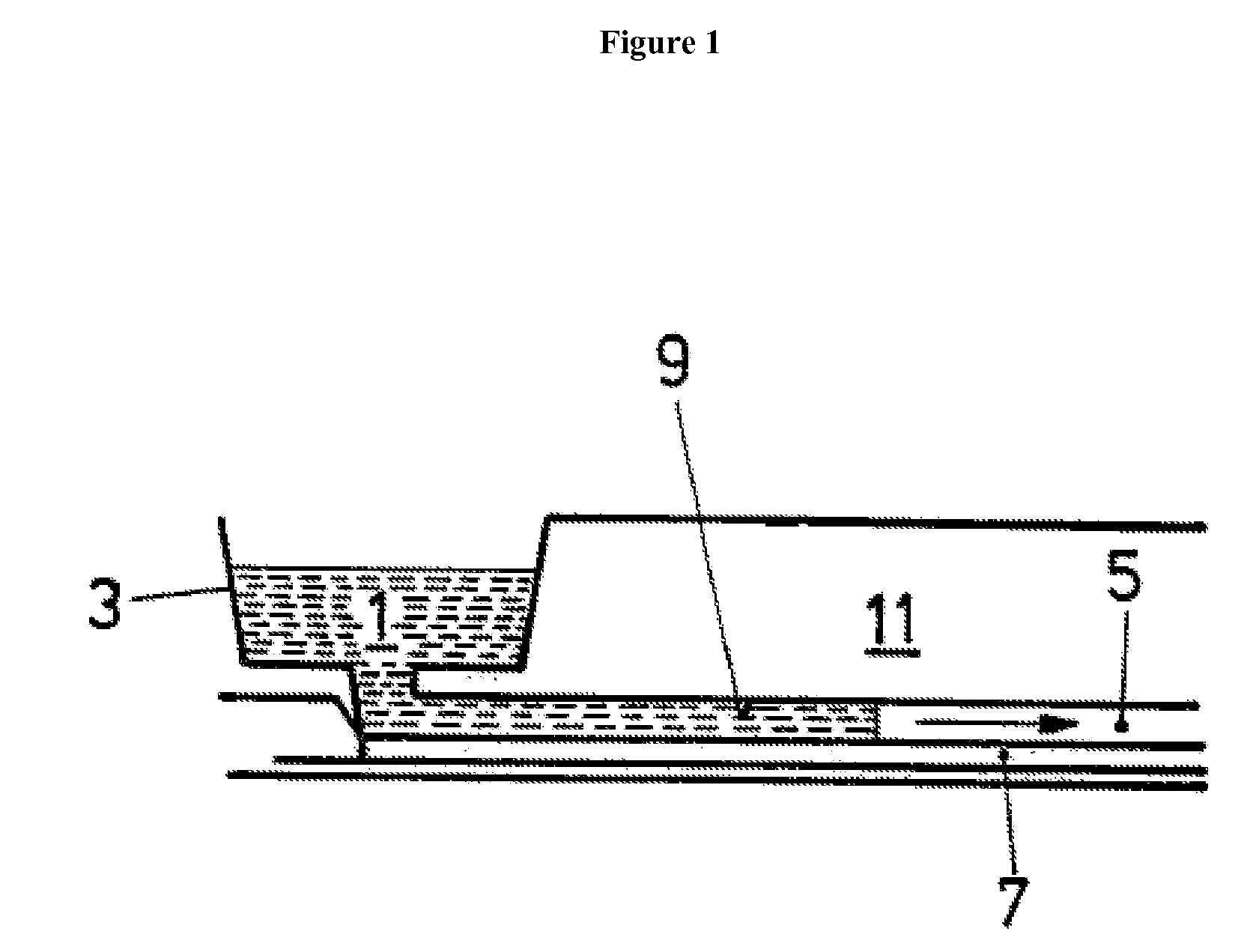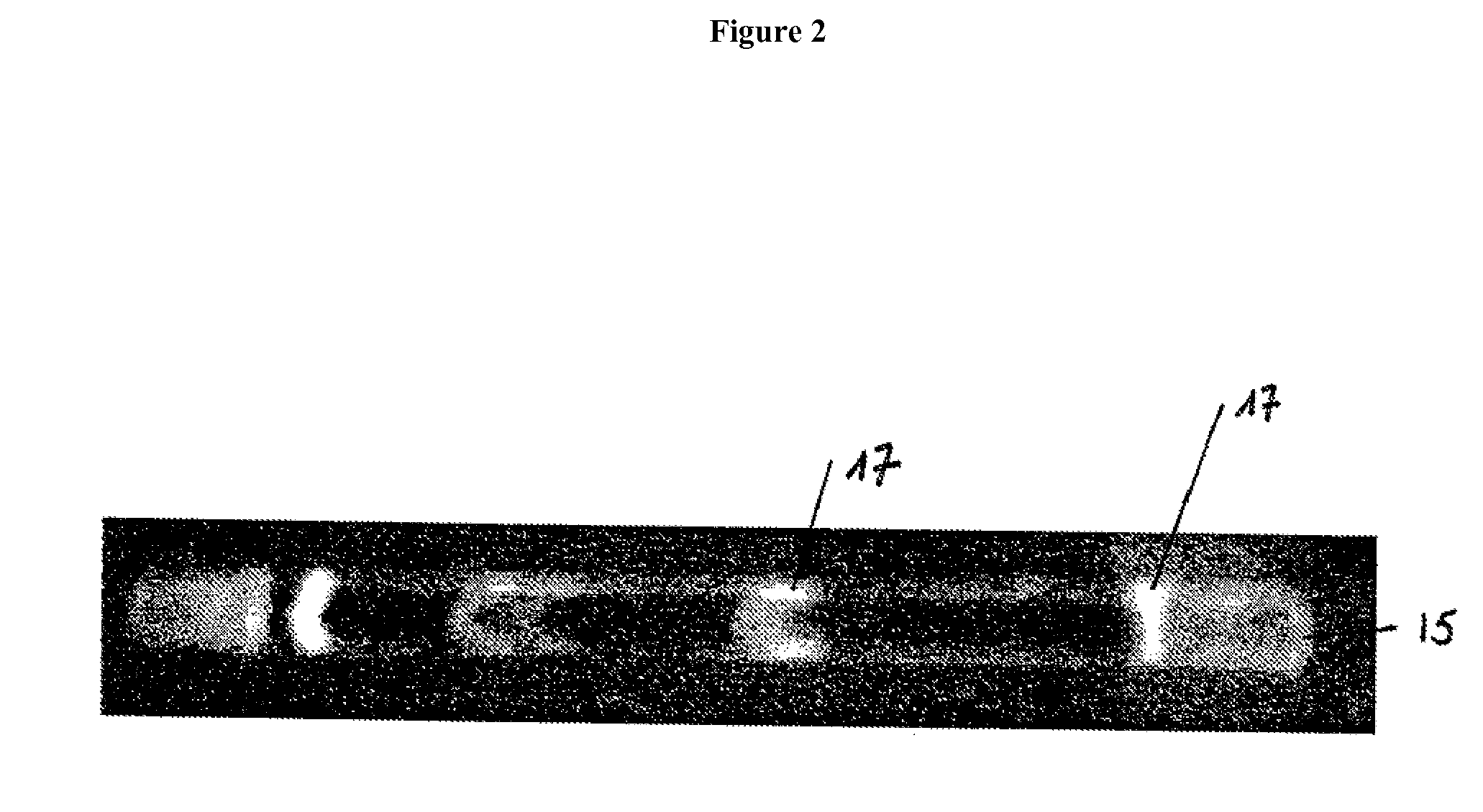Integrated 2d gel electrophoresis method and system
a gel electrophoresis and gel electrophoresis technology, applied in the direction of liquid/fluent solid measurement, fluid pressure measurement, peptide, etc., can solve the problems of time-consuming and laborious procedures, reproducibility remains the major issue, accuracy and consistency problems, etc., to achieve higher resolution and reproducibility, increase simplicity, and reduce further the effect of cos
- Summary
- Abstract
- Description
- Claims
- Application Information
AI Technical Summary
Benefits of technology
Problems solved by technology
Method used
Image
Examples
Embodiment Construction
[0019] For simplification reasons and for the better understanding of the present invention the various method or process steps for the two-dimensional gel electrophoresis analysis are described in operational sequence. Below is a brief list of the steps involved during the execution of the developed method followed by a discussion for each of them: [0020] 1. Perform reduction / alkylation prior to IEF (isoelectric focusing) [0021] 2. Load sample. [0022] 3. Run IEF in any of the following proposed ways. [0023] 4. Increase spacing between strip and opposite surface of the gel mold. [0024] 5. Bring gel solution for 2nd dimension separation while achieving coupling at the same time and polymerize. [0025] 6. Bring SDS to the focused proteins electrokinetically. [0026] 7. Replace running buffer and run 2nd dimension. [0027] 8. Open gel mold to remove gel. [0028] 9. Proceed with fixing and staining.
[0029] Within the following description of the various steps also reference is made to the a...
PUM
| Property | Measurement | Unit |
|---|---|---|
| Temperature | aaaaa | aaaaa |
| Fraction | aaaaa | aaaaa |
| Fraction | aaaaa | aaaaa |
Abstract
Description
Claims
Application Information
 Login to View More
Login to View More - R&D
- Intellectual Property
- Life Sciences
- Materials
- Tech Scout
- Unparalleled Data Quality
- Higher Quality Content
- 60% Fewer Hallucinations
Browse by: Latest US Patents, China's latest patents, Technical Efficacy Thesaurus, Application Domain, Technology Topic, Popular Technical Reports.
© 2025 PatSnap. All rights reserved.Legal|Privacy policy|Modern Slavery Act Transparency Statement|Sitemap|About US| Contact US: help@patsnap.com



